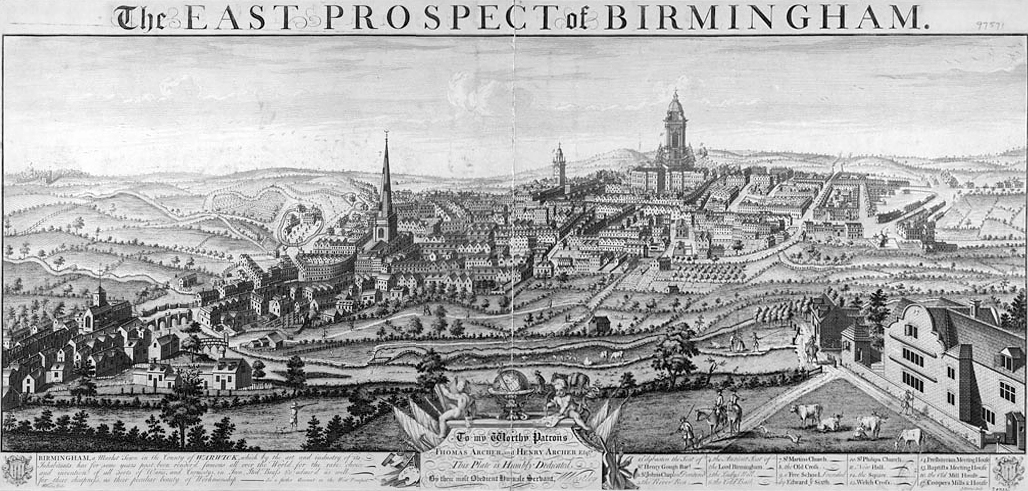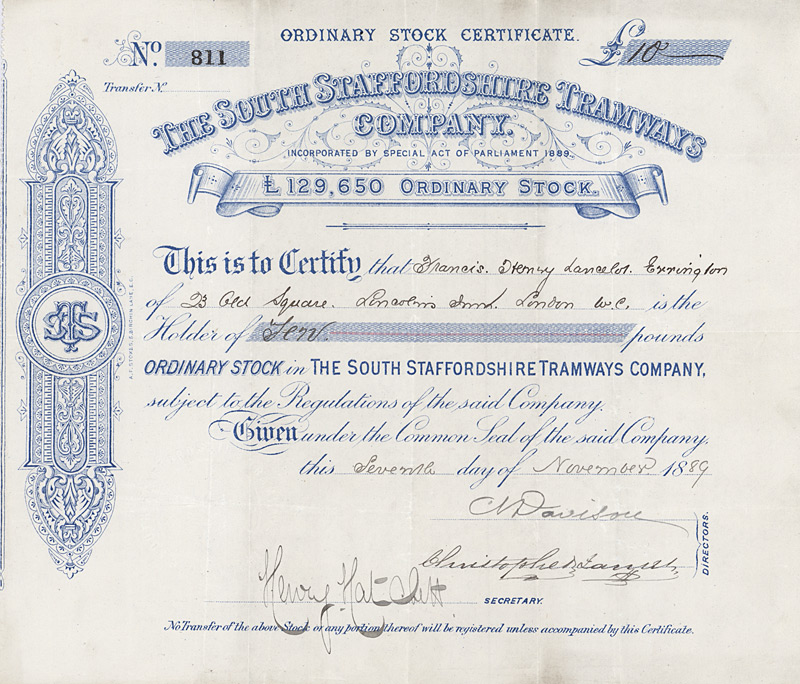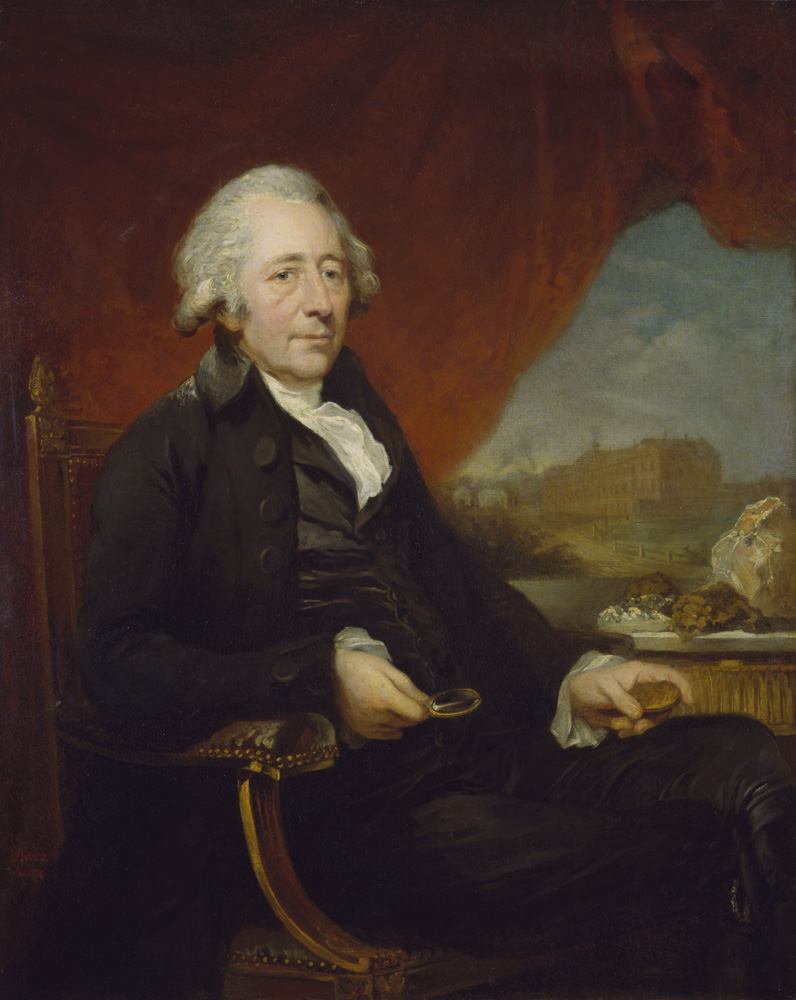|
Birmingham Corporation Tramways
Birmingham Corporation Tramways operated a network of tramways in Birmingham from 1904 until 1953. It was the largest narrow-gauge tramway network in the UK, and was built to a gauge of . It was the fourth largest tramway network in the UK behind London, Glasgow and Manchester. There were a total of 843 trams (with a maximum of 825 in service at any one time), 20 depots, 45 main routes and a total route length of . Birmingham Corporation built all the tramways and leased the track to various companies. Birmingham was a pioneer in the development of reserved trackways which served the suburban areas as the city grew in the 1920s and 1930s. History The first trams operated in Birmingham from 1872, and the network expanded throughout the late 19th century. Initially these were horse and steam operated, the first electric trams operated from 1901. Under the terms of the Tramways Act 1870 the Birmingham Corporation owned all of the tracks within the city boundaries, however, t ... [...More Info...] [...Related Items...] OR: [Wikipedia] [Google] [Baidu] |
Birmingham
Birmingham ( ) is a city and metropolitan borough in the metropolitan county of West Midlands in England. It is the second-largest city in the United Kingdom with a population of 1.145 million in the city proper, 2.92 million in the West Midlands metropolitan county, and approximately 4.3 million in the wider metropolitan area. It is the largest UK metropolitan area outside of London. Birmingham is known as the second city of the United Kingdom. Located in the West Midlands region of England, approximately from London, Birmingham is considered to be the social, cultural, financial and commercial centre of the Midlands. Distinctively, Birmingham only has small rivers flowing through it, mainly the River Tame and its tributaries River Rea and River Cole – one of the closest main rivers is the Severn, approximately west of the city centre. Historically a market town in Warwickshire in the medieval period, Birmingham grew during the 18th century during the M ... [...More Info...] [...Related Items...] OR: [Wikipedia] [Google] [Baidu] |
British Electric Traction
British Electric Traction Company Limited, renamed BET plc in 1985, was a large British industrial conglomerate. It was once a constituent of the FTSE 100 Index but was acquired by Rentokil in 1996, and the merged company is now known as Rentokil Initial. History Early history Tramway services The company was founded in 1895 as British Electric Traction Company Ltd, with Sir Charles Rivers Wilson as chairman and Emile Garcke as managing director. It was involved in the electrification of tramways in British towns and cities, and also in Australia and New Zealand, for example in Auckland. From operating trams, BET moved on to manufacturing them with the purchase of Brush Electrical Engineering Company in 1901. The BET became the largest of the private owners of tramways in the British Isles. During its history, it gained control in England of the Metropolitan Electric and South Metropolitan systems in London, as well as systems in Barnsley, Barrow-in-Furness, Birmingh ... [...More Info...] [...Related Items...] OR: [Wikipedia] [Google] [Baidu] |
King's Norton And Northfield District Council
King's Norton and Northfield Urban District was a local government administrative district in north Worcestershire, England, from 1898 until 1911. Much of its area was afterwards absorbed into the neighbouring Borough of Birmingham, under the ''Greater Birmingham Scheme'', and now constitutes most of the city's southern and southwestern suburban environs. Creation The District was originally created in 1894 as the King's Norton Rural District, under the '' Local Government Act 1894'', and succeeded the former King's Norton Rural Sanitary District upon which its area was largely based. It was later reconstituted as an urban district on 1 October 1898, by the ''Local Government Board Order, No. 38,127'', and was accordingly renamed the King's Norton and Northfield Urban District. Both as a rural and an urban district it comprised only those civil parishes of the King's Norton Poor Law Union then wholly within the Administrative County of Worcester, namely the parishes of K ... [...More Info...] [...Related Items...] OR: [Wikipedia] [Google] [Baidu] |
Bournbrook
Bournbrook is an industrial and residential district in southwest Birmingham, England, in both the Selly Oak Council Ward and the Parliamentary District of Selly Oak. Prior to what is commonly termed the Greater Birmingham Act, which came into effect on 9 November 1911, the Bourn Brook watercourse was the North Eastern boundary of Worcestershire, and the area was locally governed by the King’s Norton and Northfield Urban District Council. Bournbrook was once known for its Victorian Leisure Park known as Kerby’s Pools.Upton, Chris: Days of Birmingham’s Lake District.(Birmingham Post 14 March 1998). The industry that followed the construction of the canals transformed the ancient manor of Selley. The junction of the Worcester and Birmingham Canal and the Netherton Canal via the Lapal Tunnel created a distribution centre for heavy raw materials from the Black Country. Major industries developed along both sides of the two canals. Terraced housing, for the better off w ... [...More Info...] [...Related Items...] OR: [Wikipedia] [Google] [Baidu] |
Rubery Village
Rubery is a village in the Bromsgrove District and a suburb of Birmingham in the counties of Worcestershire and West Midlands, England. It is from Birmingham city centre and a similar distance from Bromsgrove. Rubery was built on a sandstone quarry, now known as "Rubery Cutting"/"Leach Green Quarry", parts of which can still be seen near the Rubery 'Fly-over'. Former clay mining pits, later flooded and known locally as 'The Marl Holes', now make up Callowbrook Park, which, alongside St Chads Park, is one of the two main parks in the village. Much of the urbanisation in Rubery occurred between 1960 and 1970, where suburbs replaced former farmland and historic farms such as Callowbrook Farm (formally located at the site of Callowbrook Bridge) and Gunner Lane Farm. Etymology The word "Rubery" comes from the old English word "" meaning "a rough hill", which may refer to Rubery Hill, situated on "Cоck-Hill Lane". Geography and Demography The village is divided between Birmingha ... [...More Info...] [...Related Items...] OR: [Wikipedia] [Google] [Baidu] |
Birmingham Corporation Tramway And Omnibus Department
Birmingham ( ) is a city and metropolitan borough in the metropolitan county of West Midlands in England. It is the second-largest city in the United Kingdom with a population of 1.145 million in the city proper, 2.92 million in the West Midlands metropolitan county, and approximately 4.3 million in the wider metropolitan area. It is the largest UK metropolitan area outside of London. Birmingham is known as the second city of the United Kingdom. Located in the West Midlands region of England, approximately from London, Birmingham is considered to be the social, cultural, financial and commercial centre of the Midlands. Distinctively, Birmingham only has small rivers flowing through it, mainly the River Tame and its tributaries River Rea and River Cole – one of the closest main rivers is the Severn, approximately west of the city centre. Historically a market town in Warwickshire in the medieval period, Birmingham grew during the 18th century during the M ... [...More Info...] [...Related Items...] OR: [Wikipedia] [Google] [Baidu] |
South Staffordshire Tramways Company
The South Staffordshire and Birmingham District Steam Tramways Company which became the South Staffordshire Tramways Company operated a tramway service from their depot in Wednesbury between 1883 and 1924. South Staffordshire and Birmingham District Steam Tramways Company The Staffordshire Tramways Order of 1879 authorised the construction of the steam tramway which was operated by the South Staffordshire and Birmingham District Steam Tramways Company. The company depot was at Kings Hill, Wednesbury. Routes and start dates were as follows: *16 July 1883 New Inns Handsworth and Darlaston, via West Bromwich and Wednesbury. *14 January 1884 Carter's Green West Bromwich to Great Bridge *21 January 1884 Wednesbury to Dudley, via Tipton *21 January 1884 Darlaston to Moxey *4 December 1884 Wednesbury to Bloxwich, via Pleck and Walsall, *4 December 1884 Darlaston to Pleck, *4 December 1884 an extension from Walsall to Mellish Road *12 October 1885 Great Bridge to Dudley *21 November 1 ... [...More Info...] [...Related Items...] OR: [Wikipedia] [Google] [Baidu] |
Birmingham And Midland Tramways Joint Committee
Birmingham ( ) is a city and metropolitan borough in the metropolitan county of West Midlands in England. It is the second-largest city in the United Kingdom with a population of 1.145 million in the city proper, 2.92 million in the West Midlands metropolitan county, and approximately 4.3 million in the wider metropolitan area. It is the largest UK metropolitan area outside of London. Birmingham is known as the second city of the United Kingdom. Located in the West Midlands region of England, approximately from London, Birmingham is considered to be the social, cultural, financial and commercial centre of the Midlands. Distinctively, Birmingham only has small rivers flowing through it, mainly the River Tame and its tributaries River Rea and River Cole – one of the closest main rivers is the Severn, approximately west of the city centre. Historically a market town in Warwickshire in the medieval period, Birmingham grew during the 18th century during the M ... [...More Info...] [...Related Items...] OR: [Wikipedia] [Google] [Baidu] |
King's Norton & Northfield
King's Norton and Northfield Urban District was a local government administrative district in north Worcestershire, England, from 1898 until 1911. Much of its area was afterwards absorbed into the neighbouring Borough of Birmingham, under the ''Greater Birmingham Scheme'', and now constitutes most of the city's southern and southwestern suburban environs. Creation The District was originally created in 1894 as the King's Norton Rural District, under the ''Local Government Act 1894'', and succeeded the former King's Norton Rural Sanitary District upon which its area was largely based. It was later reconstituted as an urban district on 1 October 1898, by the ''Local Government Board Order, No. 38,127'', and was accordingly renamed the King's Norton and Northfield Urban District. Both as a rural and an urban district it comprised only those civil parishes of the King's Norton Poor Law Union then wholly within the Administrative County of Worcester, namely the parishes of King's ... [...More Info...] [...Related Items...] OR: [Wikipedia] [Google] [Baidu] |
Handsworth, West Midlands
Handsworth () is a suburb and an inner-city area of Birmingham in the West Midlands. Historically in Staffordshire, Handsworth lies just outside Birmingham City Centre and near the town of Smethwick. History The name ''Handsworth'' originates from its Saxon owner Hondes and the Old English word ''weorthing'', meaning farm or estate. It was recorded in the Domesday Survey of 1086, as a holding of William Fitz-Ansculf, the Lord of Dudley, although at that time it would only have been a very small village surrounded by farmland and extensive woodland. Historically in the county of Staffordshire, it remained a small village from the 13th century to the 18th century. Accommodation was built for factory workers, the village quickly grew, and in 1851, more than 6,000 people were living in the township. In that year, work began to build St James' Church. Later St Michael's Church was built as a daughter church to St James'. In the census of 1881, the town was recorded as h ... [...More Info...] [...Related Items...] OR: [Wikipedia] [Google] [Baidu] |







